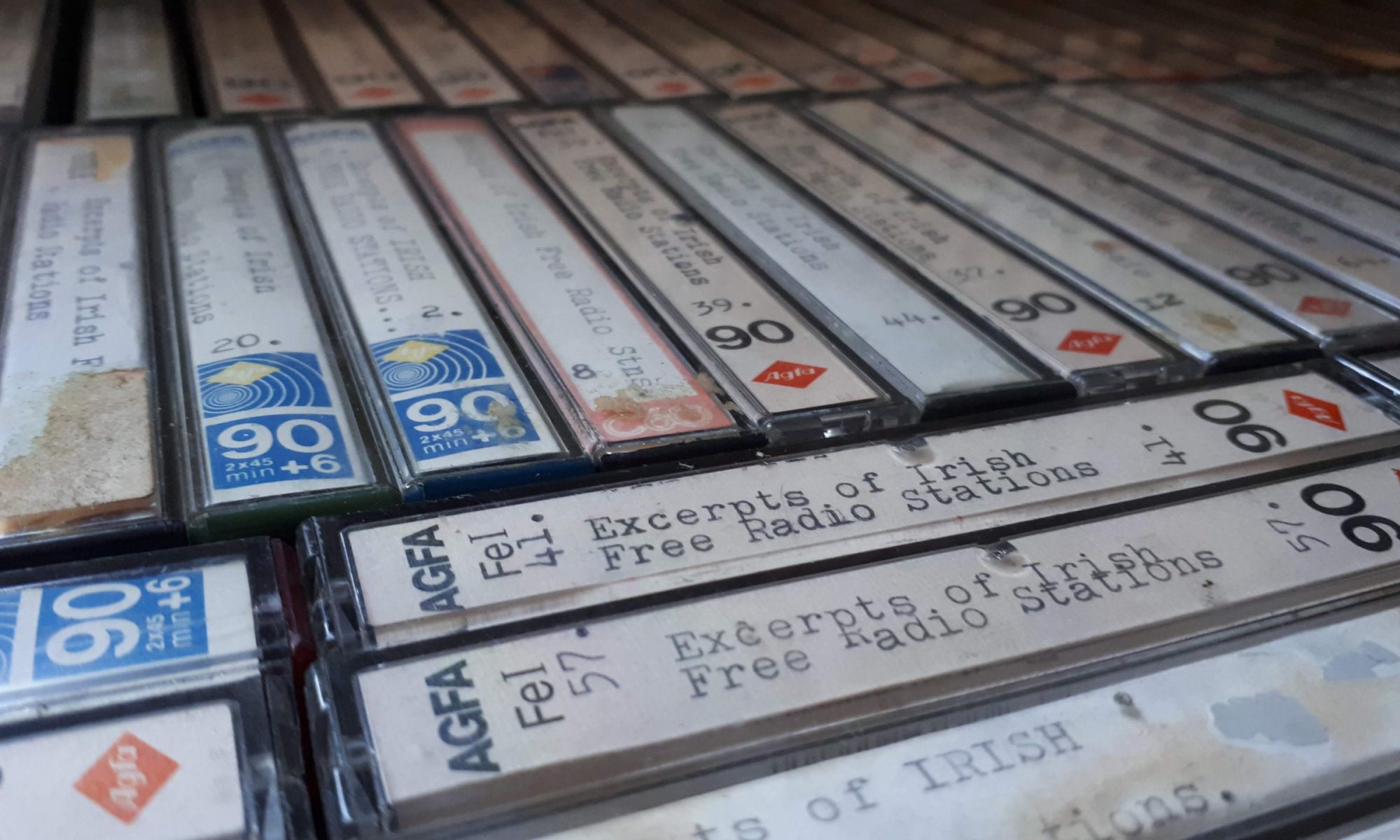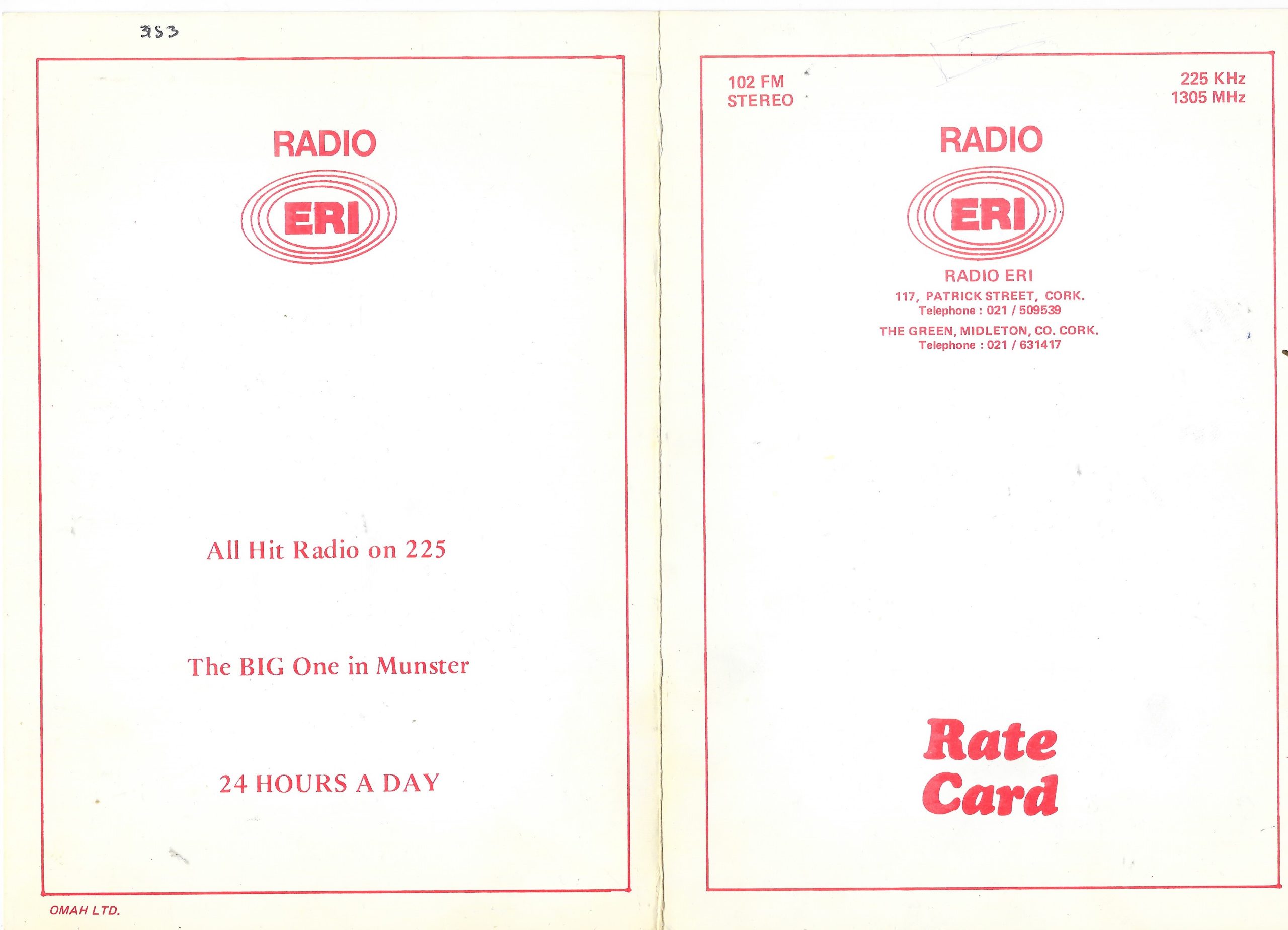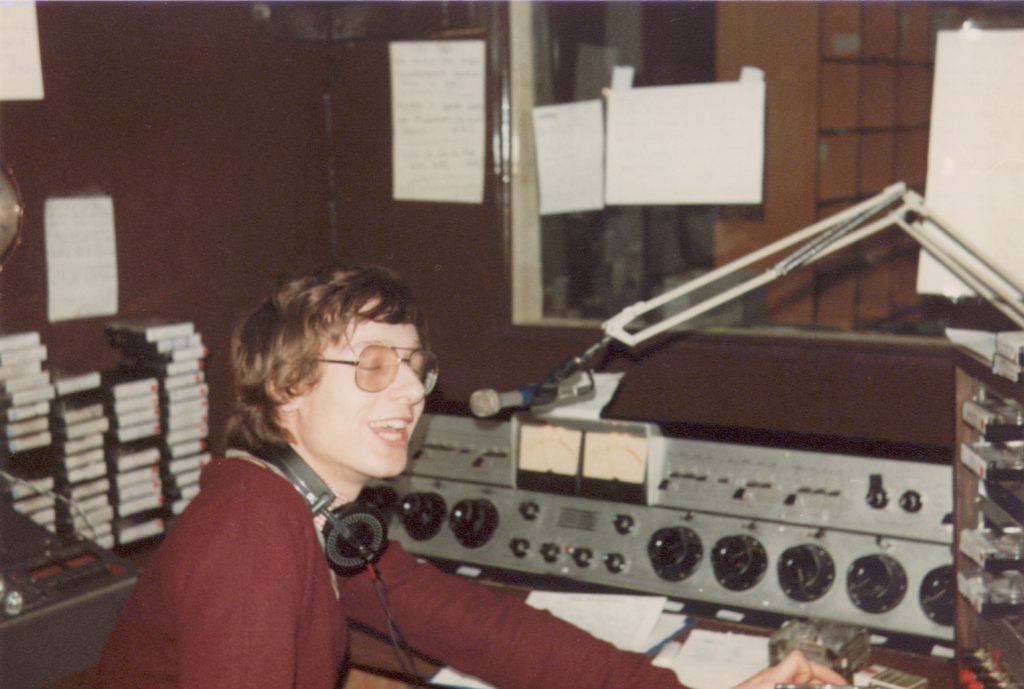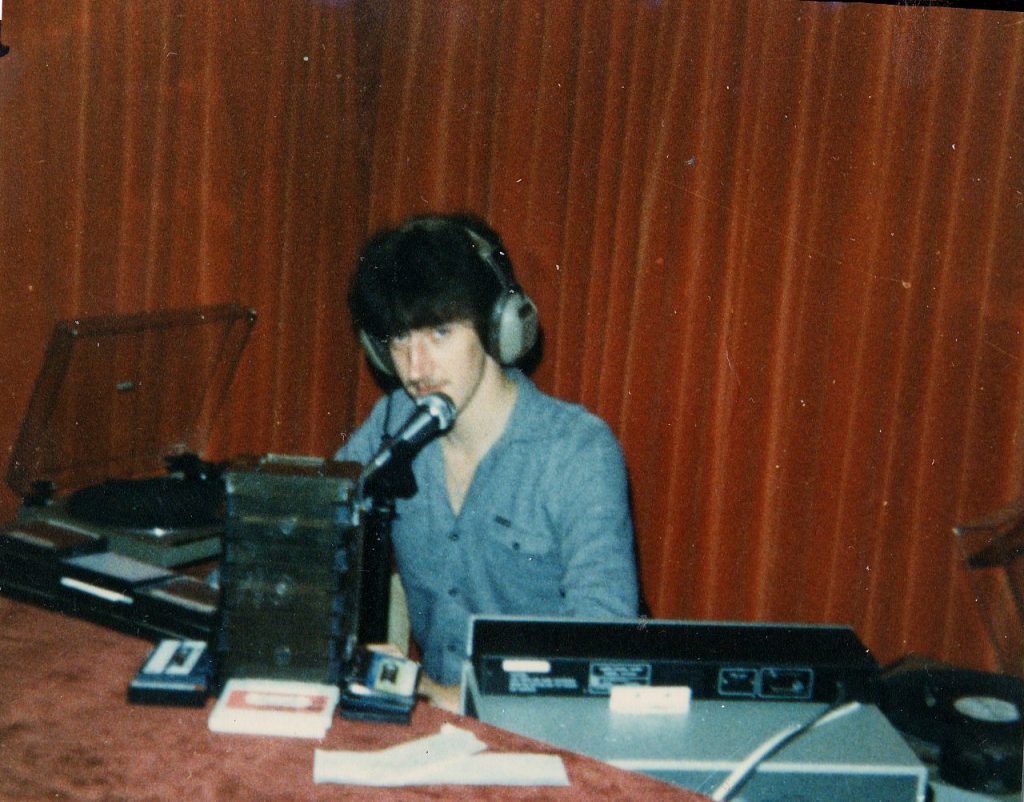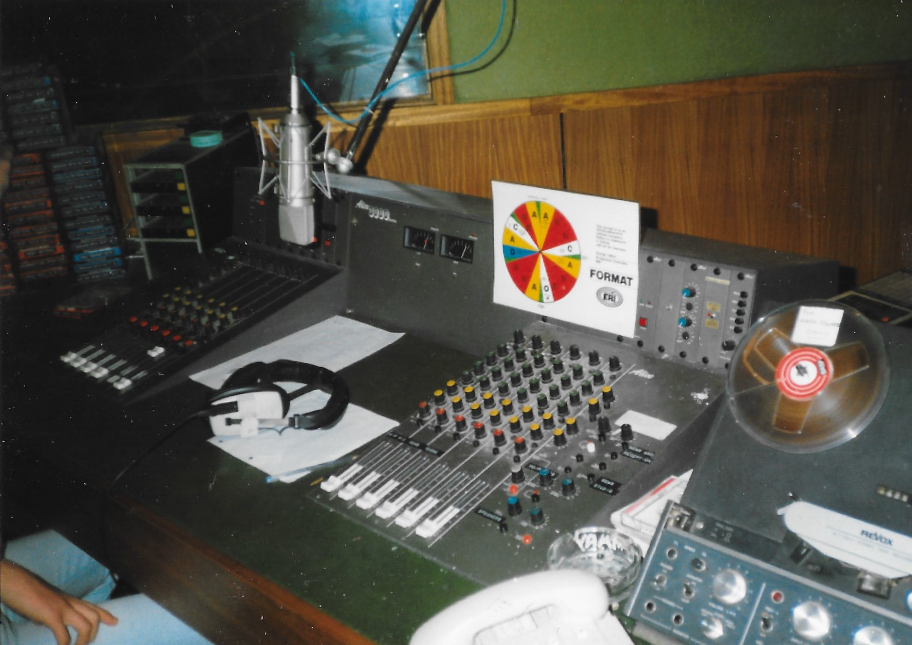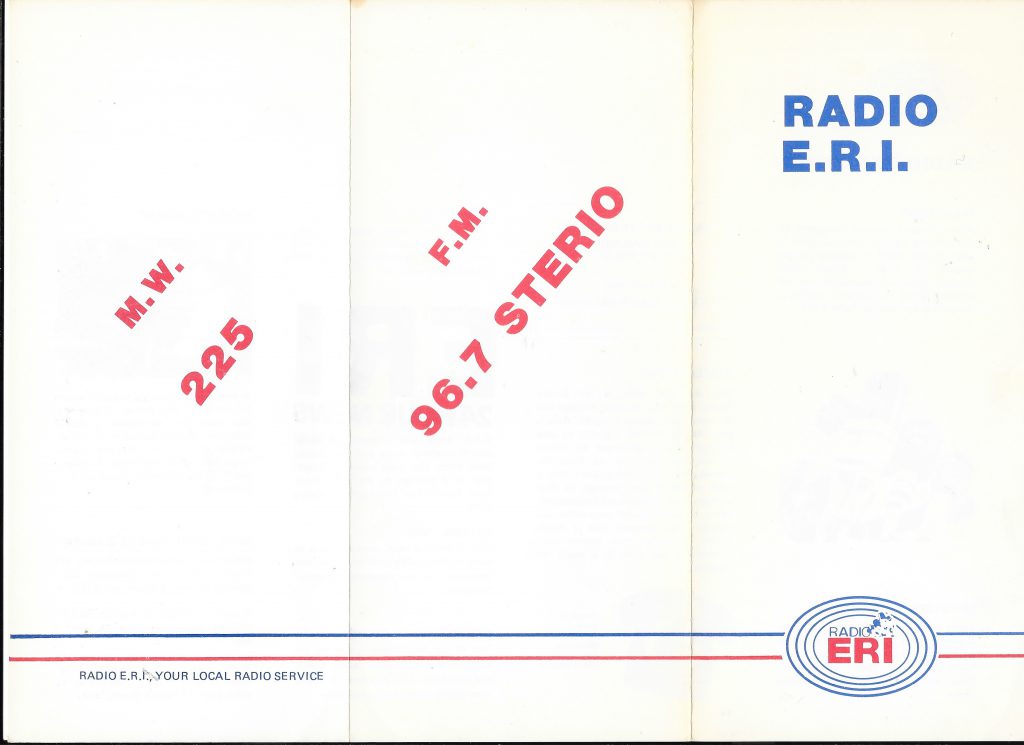Podcast: Play in new window | Download

The Canadian radio presenter Don Allen (RIP) was a familiar voice on Irish pirate radio in the 1980s and 1990s, where he shared his love of country music with appreciative audiences in various parts of the country stretching from Monaghan to Cork. After leaving Canada, Don worked on the offshore station Radio Caroline from 1965-1968 and later with Manx Radio and the BBC, before coming to Ireland and its growing pirate scene. He continued to broadcast on licensed station Midlands Radio 3 until his untimely death in 1995.
This recording of Don’s trademark country show on Cork station ERI in 1983 underlines his natural genius as a presenter. It was made during an outside broadcast from Kinsale before an event later that evening featuring ERI DJs. Reflecting the station’s growing popularity after its expansion earlier that year, several adverts are heard from businesses in the city and all around the county. The airchecked tape was made by Kieran Murray on Sunday 17th July 1983 from 105.8 FM between 1713-1800 and is from the Anoraks Ireland Collection. ERI also broadcast on 1305 kHz AM, announcing 225 metres.
